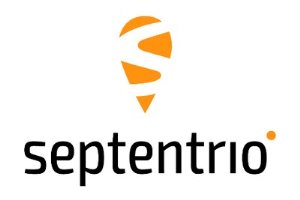Septentrio makes GNSS/INS integration easy and fast

Leuven, Belgium. 16 May 2022 – Septentrio, a Specialist in high-precision GNSS/INS* positioning and orientation solutions, takes a step today towards simplifying the integration process of its inertial GNSS receivers. RxLeverArm software tool has been released to aid GNSS/INS installation and improve accuracy, with automatic optimisation of lever-arm settings.
RxLeverArm is now part of the RxTools software package, which is included with every Septentrio GNSS/INS receiver. This new tool visualises, validates and automatically calibrates the exact distance between the INS sensor and the antenna, removing the need for accurate distance measurements with complex instruments.
“We are focusing our design around easy, efficient and effective INS installations ensuring short time-to-market and accurate deployment for our customers,” comments Danilo Sabbatini, product manager at Septentrio.
“The RxLeverArm tool in combination with the intuitive Web User Interface, as well as the support material available in our Knowledge Base, enables customers to start testing within minutes after the physical installation of their receiver.”
For lever arm compensation, users now only need to measure the rough distance between the IMU (Inertial Measurement Unit) and the main GNSS antenna reference points on the vehicle. Data is then logged under open-sky conditions, which allows RxLeverArm tool to optimise the initial rough distance measurement and prevent common errors such as sign inversion. The result is simplification of the installation process and better accuracy of the lever arm measurement. For more information on GNSS/INS receivers or other Septentrio products please contact the Septentrio team.
* GNSS stands for Global Navigation Satellite System including the American GPS, European Galileo, Russian GLONASS, Chinese BeiDou, Japan’s QZSS and India’s NavIC. INS is an Inertial Navigation System, which provides accurate orientation, including heading, pitch and roll angles in addition to the high-accuracy GNSS positioning.
Comment on this article below or via Twitter @IoTGN
